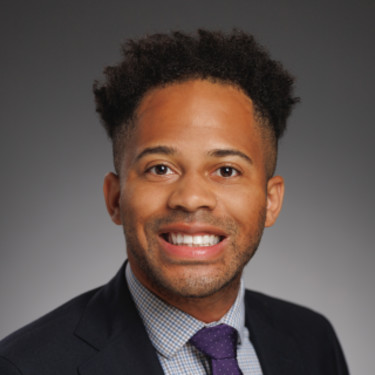Each year, the SLEEP meeting surfaces the latest advances in sleep research and clinical care — and this year was no exception. One of the topics that stood out most to me was Dr. Funke Afolabi-Brown’s session: “Pediatric Sleep and the Family: Integrating Family Dynamics, Clinical Care, and Treatment Success.”
As a pediatric sleep physician and otolaryngologist, I’ve seen firsthand that sleep challenges in children ripple far beyond the individual patient. They impact entire families — shaping routines, relationships, work productivity, and emotional well-being. Dr. Afolabi-Brown’s emphasis on this systemic view is both timely and necessary.
Why This Topic Matters
Sleep disturbances in children are among the most common concerns faced in pediatric practice. But, as Dr. Afolabi-Brown’s presentation highlighted, treatment success is often less about identifying the proper intervention and more about whether that intervention fits into the real lives of the families we serve.
What made her session so compelling was her integration of three key elements:
- Family dynamics as part of the clinical picture
Addressing parental stress, routines, and expectations can make or break the success of behavioral and medical sleep interventions.
- Treatment adherence through relational alignment
When treatment recommendations reflect family values and daily rhythms, they’re more likely to be followed and sustained.
- Interdisciplinary approaches that reflect real-world complexity
Her perspective combines pediatric medicine, behavioral sleep, and family systems thinking, modeling the type of collaboration that pediatric sleep care demands.
A Systems Lens For Patients and Professionals
This focus on systems-level thinking resonated with me not just as a clinician, but as someone deeply involved in coaching early-career physicians. Pediatric sleep problems don’t occur in isolation, and neither does physician burnout, academic misalignment, or stalled professional growth.
I’ve seen many young physicians encounter the same struggle: the expectations of their work environment conflict with the needs of their home life or their internal sense of purpose. Like families trying to implement a sleep plan that doesn’t fit, professionals are set up to feel like they’re falling short.
The solution in both cases often lies in integration—not in asking individuals to try harder, but in designing systems (clinical or professional) that support the people within them.
Themes That Echo Across the Field
SLEEP 2025 elevated some key themes that feel particularly relevant:
- Personalization of care plans is increasingly seen as a clinical imperative, not just a luxury. The move toward family-aligned interventions in pediatric sleep echoes a broader trend toward context-sensitive care across medicine.
- Collaboration across specialties—particularly involving behavioral health and family systems—continues to gain traction, especially in treating complex sleep concerns.
- Storytelling and systems thinking are becoming powerful tools to bridge data and lived experience, making sessions like Dr. Afolabi-Brown’s stand out not only for their content but also for their framing.
Looking Ahead
Pediatric sleep medicine is evolving, and one of the most exciting shifts is this move toward treating patients in context — not just diagnosing disorders, but helping families function better as a whole. Sessions like this one remind us that successful clinical care often starts by listening to more voices at the table — and designing solutions that honor the realities of family life.
Dr. Ishman has no relevant conflicts of interest to report.
Image by Malte Mueller / Getty Images







